It’s been two years since the Deepwater Horizon disaster. In April 2010, an explosion aboard the Deepwater Horizon oil rig, on BP’s Macondo well in the Gulf of Mexico, killed 11 people, injured 17 others and triggered the worst environmental catastrophe in history: the escape of 4.9 million barrels of crude oil - some 780,000m3 - from the blown-out wellhead.
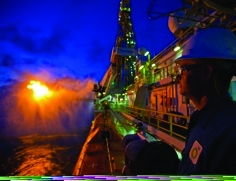
Even after the well was finally killed, five months after the blowout, the extent of the catastrophe wasn’t clear. Balls of tar were continuing to wash up on the coast of Louisiana the following January; as late as last month, oil was washing up along 200 miles of the Louisiana coast. In March of this year, a persistent seep of oil was reported near the stricken oil well. Meanwhile, reports of damage to wildlife and the livelihoods of local people are still coming in.
Deepwater Horizon presents a major challenge to the oil industry. As more and more of the ‘easy oil’, in shallow water or in wells accessible from land, begins to tail off, exploration and production has to shift to increasingly difficult sources, and deepwater drilling, on seabeds some kilometres down, is going to become more common.
But the Macondo blowout has hardened opinion - both the public’s and the regulators’ - against deepwater drilling. Clearly, the companies have to make sure that they can drill for oil safely in deep water.
Moreover, they have to demonstrate that if the worst happens - if the circumstances that led to the Deepwater Horizon disaster happens again - then they will be able to deal with it. They have to be able to prove that they can stop the flow of oil from a blown-out well, no matter how deep or inaccessible it is.
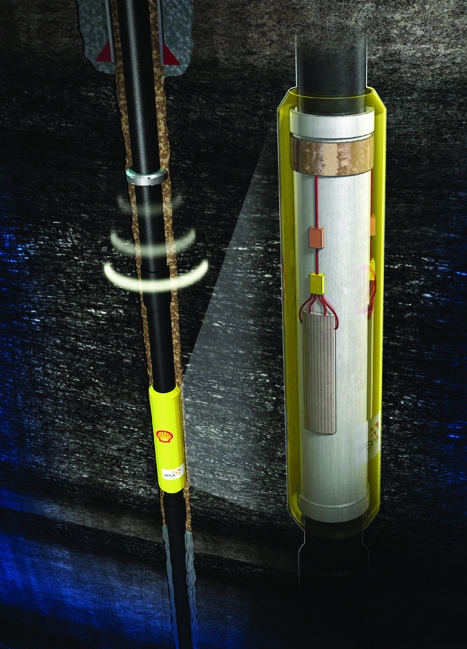
‘Deepwater operation is the most complex, costly activity we undertake,’ said Shell’s executive vice-president for wells, Peter Sharpe. ‘Every single one is the equivalent of a moonshot, in technology terms, and the number of deepwater projects is increasing rapidly, he added. There were 20 ultra-deep wells around the world in 2005; there are now 100 and by 2014 there will be 140. ‘Our licence to operate is under threat if we cannot demonstrate that we can work in a safe and responsible manner,’ he said. ‘We cannot guarantee that a Macondo-type incident couldn’t happen again. But we can try to mitigate the effects better. We have to be able to cap any well in the world within 14 days.’
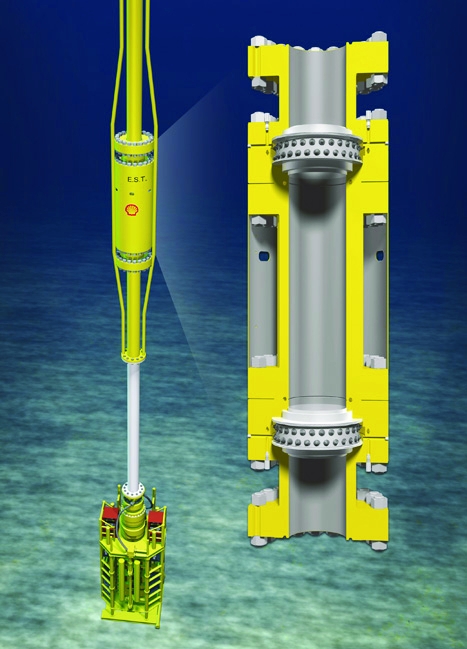
The first line of defence is, of course, the blowout preventer (BOP), the specialised valve system that sits on top of the well. BOPs consist of a series of gate valves powered by hydraulic rams that close off the flow of oil from the well, often cutting through any piping or drilling equipment running into the well in the process. In the Deepwater Horizon disaster, it is thought that one reason the BOP didn’t close properly was because, by the time the instruction was given to close it, there was so much oil gushing through it that the rams couldn’t close properly.
Closing a BOP is a big decision because of the damage it causes to the drilling equipment and piping running through them. According to Jan Brakel, the manager of wells research and development (R&D) at Shell Projects and Technology, it’s very common for operators to have the jitters about it. ‘In my time, I hesitated often before closing the BOP as part of routine functional checks, being concerned about inadvertent equipment damage,’ he said.
“Deepwater operation is the most complex, costly activity we undertake. Evvery single one is the equivalent of a moonshot”
But as Deepwater Horizon shows, hesitation can be catastrophic. Because of this, Shell is working on automating the action of the BOP, with sensors installed within the equipment to check the flow rates of liquids going into and coming out of the well. In normal drilling operation, drilling fluid, known as mud, is pumped into the well at a rate to counter the flow of oil and other liquids out of the well. If more liquid is coming out of the well than is going in, computer control could take over and make the well safe - a process that consists of pulling the drill bit off the base of the well, turning off the pumps and closing the BOP.
Shell is working on this as part of an alliance with Nobel Consortium, a drilling contractor, and National Oilwell Varco, a drilling equipment maker. Such automation would be new to subsea operations, Brakel admitted, but this shouldn’t be off-putting; wells are becoming more automated all the time, with drilling now being carried out from a computerised ‘cyber-chair’ (which strongly resembles the captain’s chair from Star Trek) rather than from the manual control board of old. ‘Processes that are highly automated are more efficient and safer,’ he said. The example of the autopilot in passenger aircraft shows that such a degree of automated operation is trusted. ‘Nobody thinks about it,’ Brakel said. ‘The drilling industry can be fully automated as well.’
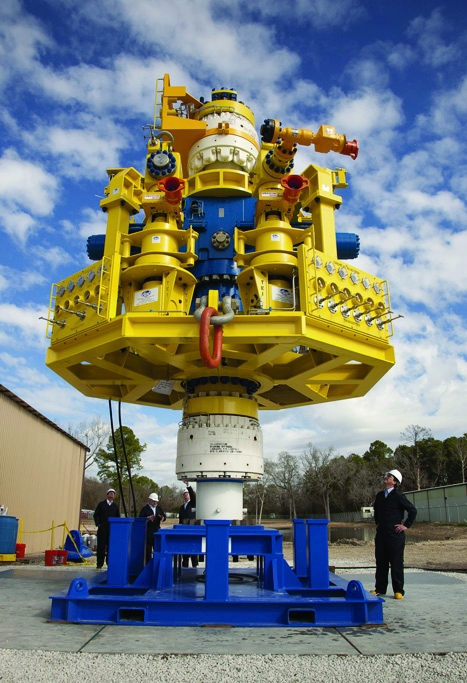
But even that level of automation needs a back-up. What if the hydraulic rams in the BOP can’t cut through the drill pipe? This can happen when thicker sections of pipe are within the BOP as the drill is lifted out of the well. Brakel’s team at Nordwijk, Shell’s R&D centre near Rotterdam, has devised two further systems to seal off the well while the capping stack is brought from its base. The first is a system that sits above the well, at the first flexible joint in the drilling pipe above the BOP. Consisting of a pair of collars through which the drill pipe passes, this is an explosive system that uses pyrotechnic charges to cut straight through the pipe.
The collars contain a ring of shaped charges embedded in a high-density foam matrix, formed and positioned in two stacks one on top of the other. When triggered simultaneously, their explosive force goes straight into the drill pipe from all directions and cuts it, in milliseconds, without deforming the pipe. This means that the cut section of pipe will then fall back into the well, clearing the BOP so that the rams can close. ‘It will sever any equipment above the BOP when experiencing well control issues,’ Brakel explained.
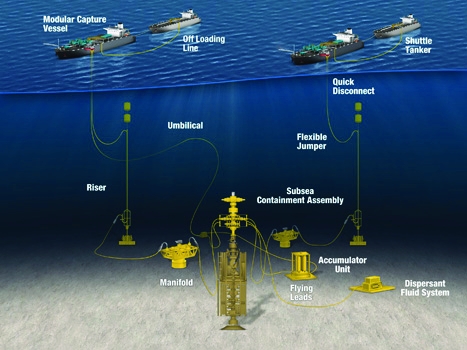
A further system is part of the casing that lines the drilled hole, sitting inside the oil well itself but above the hydrocarbon-bearing zone. Another explosive device, it contains charges that sit just outside the casing and, when triggered, buckle the lining itself so that it almost entirely blocks the well.
Both of these devices are designed to be triggered by an encrypted acoustic signal, sent from the rig or from a remote location. ‘One advantage of this is that it can be milled out to clear the pipe and bring the well back into operation,’ Brakel said.
All of these measures are designed to mitigate the damage caused by a blowout until the well can be stopped by a mobile capping system. This is a standard part of the oil industry’s armoury against wellhead blowouts; if the BOP fails, then the cap can be taken to the location and lowered onto the well.
Mobile capping systems are, in effect, something like a very large, high-tech version of a bottle stopper. They are equipped with hydraulic rams to match the pressure of the liquids gushing out of the well and, although large and heavy, are designed to be airlifted to the location of the blowout and lowered into place using remote underwater vehicles.
Shell has a well-capping system stored and maintained in Aberdeen. Weighing a total of 33.5 tonnes, it is a modular device in three sections, and can handle working pressures up to 10,000lb/in2 in water depths of up to 10,000ft (3km).
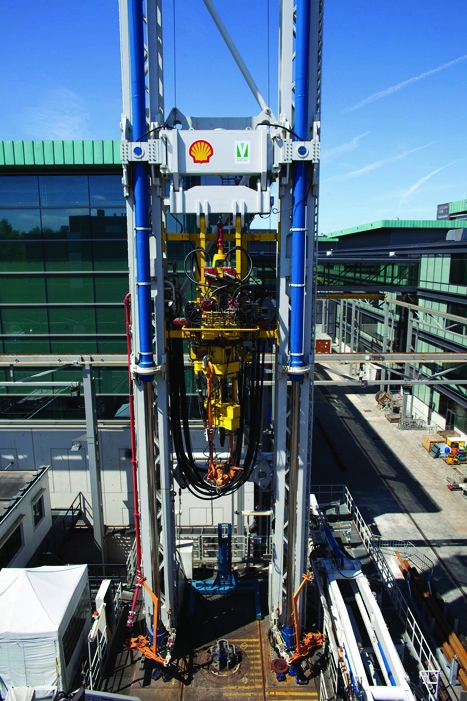
Another capping system is nearing completion in Singapore. This will be a larger unit, capable of handling 15,000lb/in2, in anticipation of potential future wells that would need a higher pressure rating. This will be ready for deployment in July of this year.
The idea behind the well-capping equipment is that one of the modules can be taken to any deep-sea well in the world and installed within 10 days, explained Jan van Wijk, Shell’s principal technical expert in well control equipment. Although two caps would be sufficient to cover Shell’s entire deepwater well portfolio, the company is preparing a third cap, which will be dedicated to wells in the Arctic. Mounted on an icebreaker and designed to cope with very cold, ice-laden water, the cap will be stored and maintained in Alaska.
“Highly automated processes are more efficient and safer; the drilling industry can be fully automated as well”
Jan Brakel, Shell
Other companies also have mobile well-capping systems. BP’s, for example, is stored in Houston; the entire ‘package’, as it is known, weighs some 500 tonnes. Others are maintained by outside organisations: in 2010, Oil & Gas UK decided to procure and fund its own well-capping equipment, built by Cameron International in Leeds - which also built BP’s capping facility - and unveiled last year. Weighing 40 tonnes, the Oil Spill Prevention and Response Advisory Group (OSPRAG) capping system can be deployed at any UK site, including the fields west of Shetland, at water depths from 100m to more than 3km, onto wells flowing at up to 15,000lb/in2 and 121°C in temperature, including wells where hydrogen sulphide is present, which leads to acidic conditions.
Another stack is held by the Marine Well Containment Company, an independent company founded and funded by operators in the Gulf of Mexico including ExxonMobil, Chevron, ConocoPhillips and Shell. An interim capping system, capable of handling leaks up to 15,000lb/in2 at depths of 10,000ft with a 100-tonne stack, was made available for use in February of last year, and the organisation is working on an expanded system to cope with even larger potential leaks.
The Engineer’s take on the launch of Shell’s then-record-breaking Perdido platform
Then the world’s deepest oil drilling project, Shell’s Perdido platform came on stream in 2009. Jon Excell reported on its development.
World records don’t stand for long in the frontier-busting business of deep-sea oil and gas, but when Shell’s Perdido platform goes online early next year, it will, for a while at least, be the deepest drilling and production facility on the face of the planet.
Situated 200 miles offshore in the relatively untapped western belt of the Gulf of Mexico, Perdido - which is co-owned by Shell, BP and Chevron - isexpected to produce around 100,000 barrels of oil and 200,000ft3 of gas per day. Operating in water that’s 7,500ft deep and tapping into oil and gas reservoirs that lie a further 8,000ft beneath the seabed, the heart of the facility is a 50,000-tonne, 555ft-long spar - a giant, floating cylinder that was, last summer, towed 13,200km from its construction site in Finland, upended in the water and tethered to the seabed with nine strong polyester mooring lines. This summer, the ‘topside’, containing living quarters and production equipment, was mounted on the Spar.
thedata
Shell’s mobile oil weill capping system
- Upper module: 11 tonnes
- Lower module: 11 tonnes
- Connector module: 12.5 tonnes
- Pressure capability: 10,000lb/in² (Aberdeen) 15,000lb/in² (Singapore)
- Operational depth: up to 10,000ft




Red Bull makes hydrogen fuel cell play with AVL
Formula 1 is an anachronistic anomaly where its only cutting edge is in engine development. The rules prohibit any real innovation and there would be...